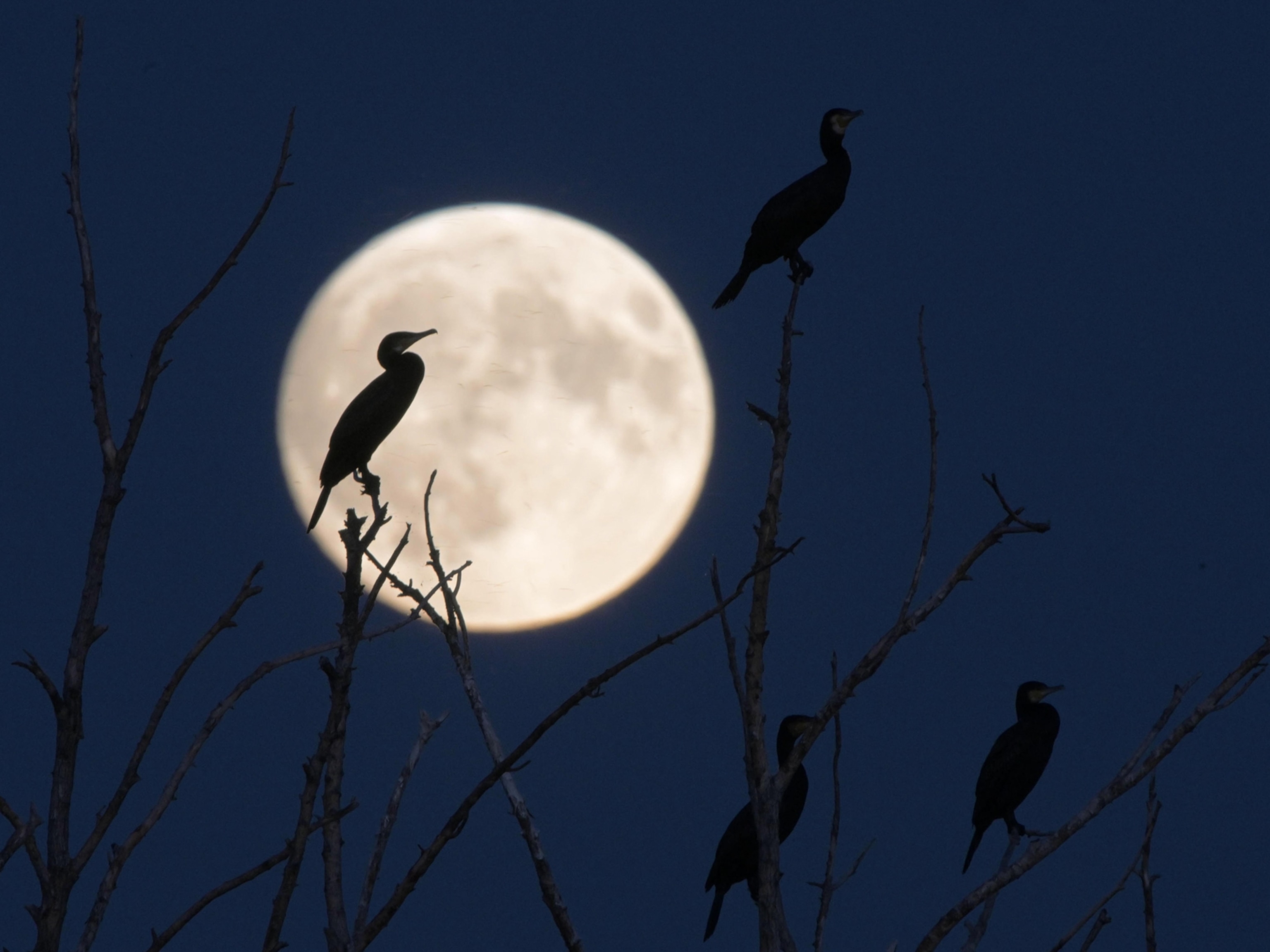
Auroras may light up the night sky this Labor Day weekend
A solar storm's impact could trigger northern lights as far south as Seattle and New York. Here's how to watch.
Just as menacing Hurricane Dorian is wreaking havoc in the Atlantic Ocean, an incoming solar tempest may trigger colorful displays of northern lights over the next few nights. Auroras could easily spill across the United States to places like Washington, Minnesota, and New York and even in more southerly states.
This past week, a monster-sized hole in the solar corona—the upper atmosphere of the sun— cracked open, releasing an intense gust of charged particles called the solar wind. The fast-moving cloud has been racing through the inner solar system at speeds of two million miles an hour, with Earth in the center of its path. It’s now expected to lash Earth between August 31 and September 1.
When this solar storm cloud smashes into Earth, the collision will temporarily disturb our planet’s protective, bubble-like magnetic field, an event called a geomagnetic storm. In addition, electrons in the solar wind will accelerate as they follow the lines of Earth’s magnetic field to the planet’s poles, where they will careen into air molecules and spark auroras.
There are no dangers associated with this upcoming cosmic event. But on rare occasions, extremely powerful geomagnetic storms can damage electrical grids and temporarily knock out radio and satellite telecommunications.
Where to watch
In the coming days, observers in high- and mid-latitude regions in both the Northern and Southern Hemispheres should be on the lookout for green, pink and purple glows to illuminate clear, dark skies late at night.
The first waves of the solar storm may have already started lapping against our planet’s shores. Late Thursday evening and early Friday morning, users of the website spaceweather.com reported seeing the aurora above Norway and Alaska. But will the celestial fireworks continue?
Currently, the U.S. National Oceanic and Atmospheric Administration’s Space Weather Prediction Center is forecasting an overall 40-percent chance of continued stormy conditions through at least September 1. But some places have better odds of auroras than others. Those in the mid-latitudes have at least a 60-percent chance of experiencing a mild, active geomagnetic storm, but high-latitude observers have a 65-percent chance of at least a severe geomagnetic storm. The bigger the disturbance, the better the aurora watching.
So if you have clear skies and you live north of 40° north latitude—roughly anywhere north of the line stretching from Philadelphia to Denver—it's worth a peek outside the next few nights. Sky-watchers around the Arctic Circle will most likely see something, and those in more mid-latitude locations—like Toronto, New York, Seattle, and London—may have a fair chance as well.
The best places to witness auroras are dark locations away from city lights. But intense displays can, on rare occasions, become bright enough to be easily visible from suburban backyards or even from the window of a darkened bedroom. As with any stargazing, turn off all your lights and give your eyes at least 20 minutes to adapt to the darkness.
When to watch
Traditionally, the best time to start searching for auroras is around mid-evening. Expect to notice auroras start to really kick in around local midnight. During exceptionally intense geomagnetic storms, however, the first hints of auroras painting the skies can even begin soon after local nightfall.
Watch for the first hints of a greenish glow to creep up the sky from the northern horizon for those in the Northern Hemisphere and southern horizon for those in the Southern Hemisphere. During strong displays, a larger portion of the sky can get enveloped in undulating curtains of orange, pink, and purple.
Above all else, be patient. Auroras can take anywhere from minutes to hours to unfold—and you never know when that colorful curtain of light may appear. While there are no guarantees that there will be more auroras this week, the only way to know for sure is to go outside and look for yourself.
Clear skies!
Andrew Fazekas, the Night Sky Guy, is the author of Star Trek: The Official Guide to Our Universe and the 2nd Edition of The Backyard Guide to the Night Sky. Follow him on Twitter, Facebook, Instagram, and his website.





